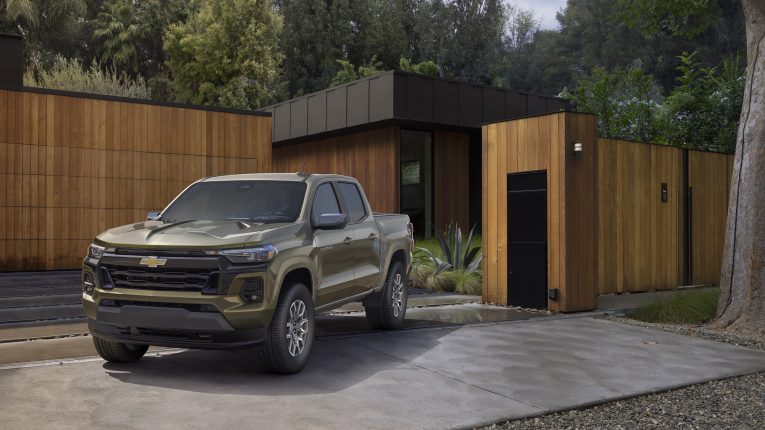
Everything You Need to Know About Underride Accidents
Collisions between commercial vehicles and cars rarely end well for the civilian vehicle. Since trucks are so much larger and heavier than other vehicles, the forces exerted in a collision are capable of causing catastrophic damage and injuries. In the United States, a fully-loaded commercial truck can legally weigh up to 80,000 pounds, whereas even a large civilian vehicle like a full-size SUV generally weighs 6,000 pounds or less. The weight discrepancy between commercial and passenger vehicles can make even a low-speed collision disastrous.
Many truck crashes take the form of head-on, rear-end, t-bone, or jackknife collisions. However, one of the deadliest types of truck crashes is not as well-known, likely because such accidents occur with less frequency than other collisions. In this article, we discuss what truck underride accidents are, why they pose a threat to drivers, and how to protect yourself while driving near commercial vehicles.
What is an Underride Accident?
An underride accident occurs when a smaller vehicle hits a truck and slides underneath the commercial vehicle’s trailer. This type of collision generally inflicts massive damage upon the smaller vehicle and is one of the deadliest types of crashes. Modern vehicles are designed with crumple zones at the front, sides, and rear of the car, truck, or SUV. During a serious impact, these areas are designed to crumple while airbags simultaneously deploy to cushion passengers from the remaining force of the crash.
Unfortunately, since the first part of a vehicle to make contact with a truck’s trailer during an underride accident is the cab, crumple zones and airbags offer very little protection. It is not uncommon for the entire top half of a passenger vehicle to be sheared off during an underride collision, which almost certainly inflicts severe or fatal injuries on the car’s occupants. There are two types of underride crashes that can occur: side and rear.
Side Underride Accident
When a smaller car strikes the side of a truck, this is called a side underride accident. This type of collision typically occurs if there is low visibility on the road or if the truck is trying to make a U-turn, turn at a wide angle, or back up across traffic. To prevent side underride accidents, truck drivers must take reasonable measures to make themselves visible to other drivers. The Federal Motor Carrier Safety Administration (FMCSA) mandates the use of “retroreflective sheeting” along the sides of commercial trailers for this purpose.
Rear Underride Accident
A rear underride accident can occur when a car strikes a truck from behind. Instead of a regular rear-end crash, the smaller vehicle may travel underneath the truck’s trailer. This type of underride accident can occur when:
- A truck slowly enters or exits a roadway
- The commercial vehicle slows down for a stop sign, traffic signal, or railroad crossing
- A truck is parked on the side of the road
A rear underride accident can also be caused by burnt-out, dim, or dysfunctional truck tail lights. If the driver behind a truck cannot tell whether or not the commercial vehicle is braking, they may be unable to stop quickly enough to avoid colliding with the trailer. Truck drivers can reduce the risk of rear underride accidents by routinely checking their tail lights, entering and exiting roads at a reasonable speed, and using turn signals.
Potential Consequences of a Truck Underride Accident
The Hill Law Firm notes that underride truck accidents are capable of causing a range of catastrophic injuries. Victims of a truck underride crash may suffer:
- Broken or fractured bones
- Traumatic brain injuries
- Head, neck, or back injuries
- Loss of limb
- Spinal cord injuries
- Organ or internal damage
- Paralysis
- Severe burns
In many cases, the injuries sustained in an underride accident are fatal. Surviving victims may experience significant mental trauma from the crash, along with considerable medical bills for necessary treatments.
How to Safely Drive Around Commercial Vehicles
To help you and your loved ones stay safe on the road and avoid the risk of an underride accident, we compiled this list of tips on how to best share the road with large trucks.
- Practice defensive driving: By staying focused on the road, obeying traffic laws, and preparing to react to potential hazards around you before they arise, you reduce your chances of getting into a wreck.
- Be aware of a truck’s blind spots: Commercial trucks have large blind spots running down the sides and rear of their vehicle. Try to stay out of a truck’s blind spots whenever possible, so they are able to see your vehicle.
- Give trucks a wide turn radius: A truck that is hauling a trailer will have a much wider turn radius than standard passenger vehicles. Give a turning truck considerable space, so your vehicle does not get pinned between the commercial vehicle and the curb, another car, or a wall.
- Maintain a safe following distance: A common cause of rear underride accidents is tailgating. Be sure to leave enough space in front of your car to come to a complete stop without hitting another truck or car.
- Never cut a truck off: Due to their weight, it takes commercial vehicles a significant amount of time to come to a complete stop. If you cut a truck off and then have to brake suddenly, the truck may not be able to stop in time to avoid a collision even if the driver is paying attention.



